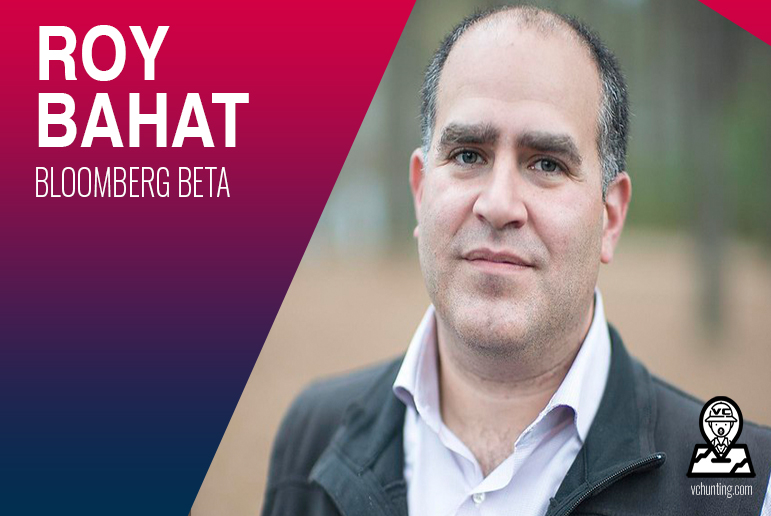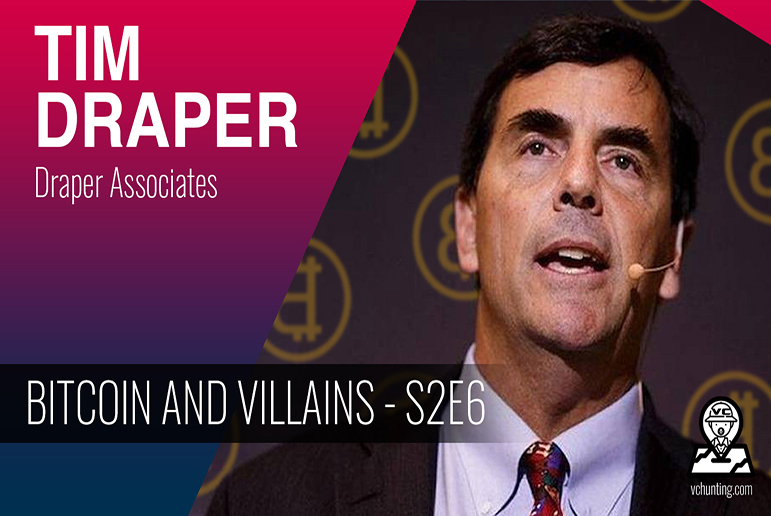Leading an Engaged Organization
“Engagement doesn’t really matter in the workforce today”
That’s not a real quote. I’ve never heard a leader say that. But something doesn’t add up.
Ugh. We can do better.
Fortunately, we have good research and encouraging case studies of what it takes to lead an engaged organization.
Leaders create the conditions for Play or Autonomy when they grant all employees the freedom to act in accordance with the Vision. No permission needed, no approval, but complete responsibility for the outcomes that they create. These three conditions work to strengthen each other.
Finally, leaders create connection when they practice deep listening. The Coaches Training Institute describes three levels of listening.
- Internal Listening: where I’m actually paying most attention to my internal talk track, thinking how to respond, thinking of similar situations I’ve been in. The focus is me.
- Focused Listening: where I’m really locked into what the other person is saying, noticing when I drop to Level 1 and dismissing it, and refocusing on the other.
- Global Listening: where I’m tuned into body language, the emotion behind the words, and the surrounding environment as it impacts the message.
When we can stay at Level 2 or 3, our listening creates a profound impact on the person being listened to. In my Certified Agile Leadership workshops, we practice the different listening levels in pairs. In nearly every case, when we get to levels 2 and 3, several pairs are impacted deeply by the simple act of someone listening deeply to them without interruption or problem-solving intent. Simply being listened to by an empathetic witness caused things to shift for them and created strong, lasting connection.

Leading from a place of deep listening, being in tune with and always communicating from a vision-driven perspective, then granting freedom and responsibility to act in accordance with the vision creates a workplace where engagement is not just a platitude, but a living, breathing culture. These skills aren’t easy, but when practiced consistently, can help us flip those Gallup engagement numbers in our organization.
Share this information, and let’s create a snowball effect of engagement in the workplace. Imagine a world where the large majority of adults spend the large majority of their waking hours doing work that is engaging, meaningful and propels them to be better people at home–that’s the kind of thing that I get excited about. You too?






Responses